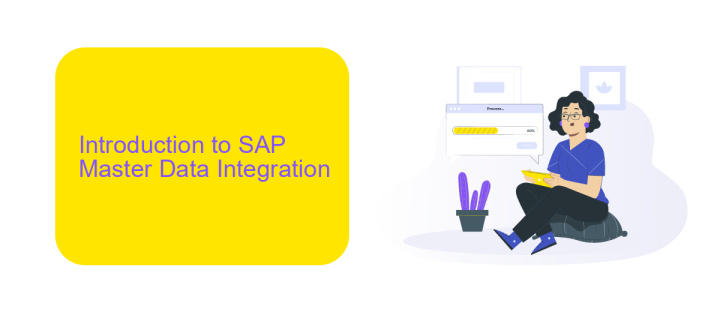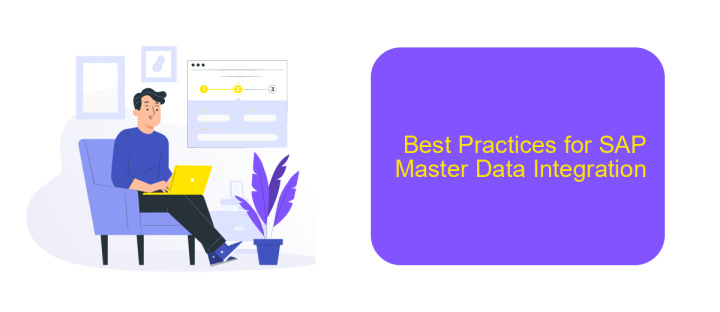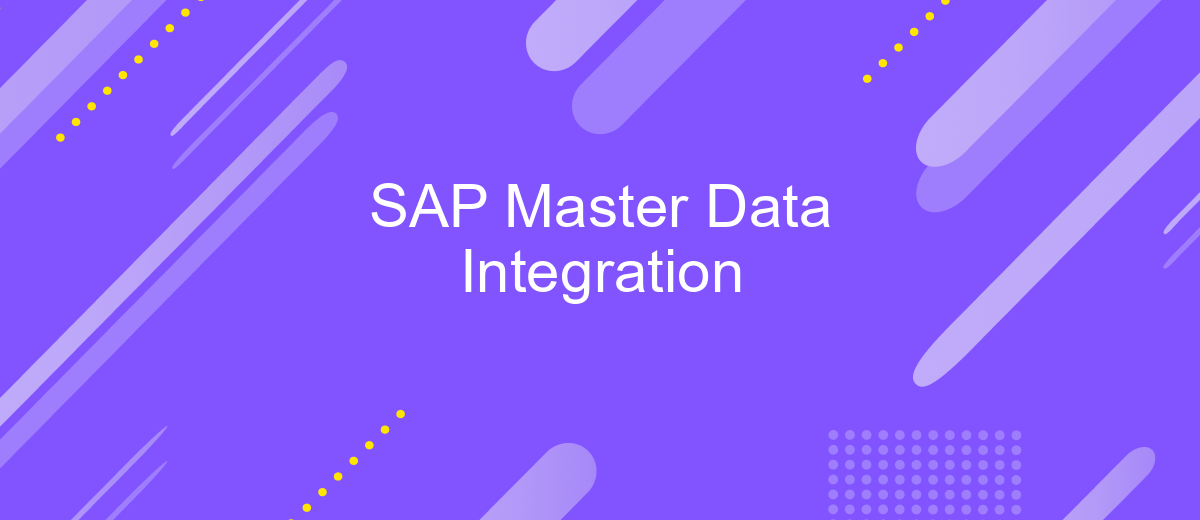SAP Master Data Integration
SAP Master Data Integration is a critical component for organizations aiming to streamline their data management processes. By centralizing and harmonizing master data across various systems, SAP Master Data Integration ensures data consistency, reduces redundancy, and enhances decision-making capabilities. This article explores the key features, benefits, and implementation strategies of SAP Master Data Integration, providing insights into how it can transform your business operations.
Executive Summary
SAP Master Data Integration (MDI) is a crucial component for ensuring data consistency and accuracy across various business applications. By centralizing and harmonizing master data, organizations can streamline operations, reduce errors, and enhance decision-making processes. MDI provides a robust framework for managing data across different systems, ensuring that all departments have access to the most up-to-date and accurate information.
- Centralized data management for enhanced consistency
- Reduction in data redundancy and errors
- Improved decision-making with accurate data
- Streamlined operations across departments
- Seamless integration with various business applications
For businesses looking to simplify their data integration processes, services like ApiX-Drive offer powerful tools to automate and manage integrations efficiently. ApiX-Drive enables seamless connectivity between SAP MDI and other applications, ensuring smooth data flow and synchronization. By leveraging such services, organizations can further enhance their data management capabilities, leading to improved operational efficiency and strategic insights.
Introduction to SAP Master Data Integration

SAP Master Data Integration is a crucial component for organizations aiming to streamline their data management processes. It provides a centralized platform to manage master data across various applications and systems, ensuring data consistency and accuracy. This integration helps in reducing data redundancy, minimizing errors, and improving overall operational efficiency. By consolidating data from multiple sources, businesses can achieve a single source of truth, which is essential for accurate reporting and analytics.
One of the key aspects of SAP Master Data Integration is its ability to seamlessly integrate with other systems and services. For instance, tools like ApiX-Drive can be utilized to automate and simplify the integration process. ApiX-Drive allows users to connect various applications without the need for extensive coding, making it easier to synchronize data across platforms. This ensures that all systems are updated in real-time, providing reliable and up-to-date information for decision-making. By leveraging such integration services, organizations can enhance their data management capabilities and drive business growth.
Benefits of SAP Master Data Integration

Integrating master data across various systems is crucial for maintaining data consistency and accuracy. SAP Master Data Integration offers numerous benefits that streamline operations and enhance data quality.
- Improved Data Consistency: Centralized management ensures uniform data across all platforms.
- Enhanced Data Quality: Reduces errors and discrepancies by standardizing data entry processes.
- Operational Efficiency: Automates data synchronization, saving time and reducing manual efforts.
- Compliance and Governance: Ensures adherence to regulatory standards with accurate data tracking and reporting.
- Scalability: Easily adapts to growing business needs and integrates with new systems.
Moreover, services like ApiX-Drive facilitate seamless integration by providing user-friendly tools to connect SAP with other applications. This not only accelerates the integration process but also ensures that data flows smoothly between systems, enhancing overall business agility and decision-making. By leveraging SAP Master Data Integration, businesses can achieve a unified data environment that supports operational excellence and strategic growth.
Best Practices for SAP Master Data Integration

Effective SAP Master Data Integration requires a well-structured approach to ensure data consistency and reliability across various systems. One of the key best practices is to establish a centralized data governance framework. This framework should define clear roles and responsibilities for data management, ensuring that data stewards oversee the quality and accuracy of master data.
Another crucial aspect is to leverage automation tools to streamline the integration process. Tools like ApiX-Drive can significantly reduce manual efforts by automating data synchronization between SAP and other systems. This not only saves time but also minimizes the risk of human errors.
- Implement a centralized data governance framework.
- Leverage automation tools like ApiX-Drive for data synchronization.
- Regularly audit and cleanse master data to maintain accuracy.
- Ensure consistent data formats and standards across all systems.
Regular audits and data cleansing activities are essential to maintain the integrity of master data. By following these best practices, organizations can achieve seamless SAP Master Data Integration, leading to improved operational efficiency and better decision-making capabilities.
Conclusion
In conclusion, SAP Master Data Integration is a pivotal component for ensuring the seamless flow of critical business information across various systems and applications. By centralizing and standardizing master data, organizations can achieve greater operational efficiency, reduce data redundancy, and enhance decision-making capabilities. The integration process involves meticulous planning and execution, but the benefits far outweigh the challenges, offering a robust foundation for scalable and agile business operations.
Moreover, leveraging services like ApiX-Drive can significantly streamline the integration process. ApiX-Drive provides a user-friendly interface and powerful tools to automate data synchronization between SAP and other platforms, minimizing manual efforts and potential errors. This not only accelerates the integration timeline but also ensures data consistency and accuracy across all business functions. Embracing such innovative solutions can further enhance the effectiveness of SAP Master Data Integration, driving sustainable growth and competitive advantage.
FAQ
What is SAP Master Data Integration?
Why is master data integration important?
How can I automate the integration of master data in SAP?
What challenges might I face during SAP Master Data Integration?
Can I integrate non-SAP applications with SAP Master Data Integration?
Apix-Drive will help optimize business processes, save you from a lot of routine tasks and unnecessary costs for automation, attracting additional specialists. Try setting up a free test connection with ApiX-Drive and see for yourself. Now you have to think about where to invest the freed time and money!

